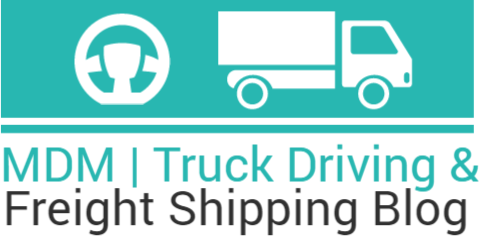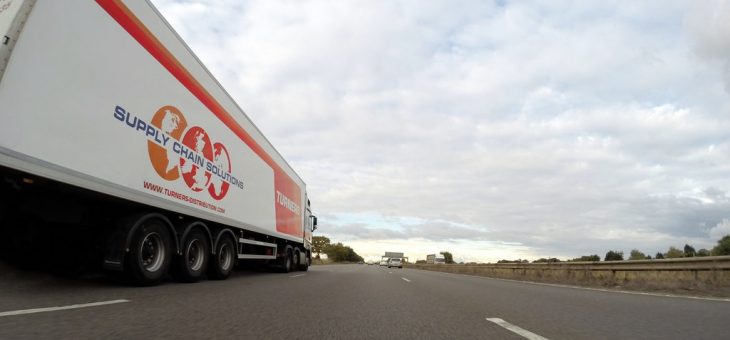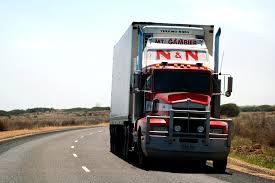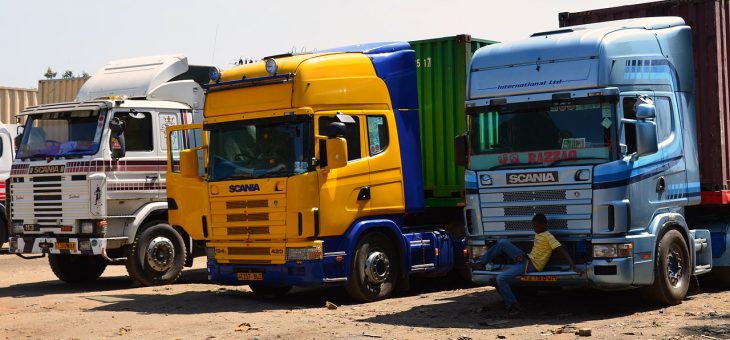5 Simple Ways to Establish & Stick to Your Long Distance Moving Budget
If you are planning a long-distance move, then you need to carefully plan your trip to save as much time and money as you possibly can. It will help ensure that you are not struggling to afford to live in a new town. Read further if you are planning a long-distance move, and you need useful ideas to help you create and stick to a budget for your move.
1. Pack your things.
Make sure you only pack and move items that you need. It is the best time to get rid of broken or unwanted items. You will allow yourself a chance at a fresh start, and you can declutter items that you have accumulated throughout the years. Consider donating them if they are still useful, and throw them away if not.
You can save a lot of money by packing your household items yourself. Remember to take your time when you are packing. It will allow you to evaluate all of your belongings, eliminate things you no longer need or use, and save money because you did not hire movers.
2. Rent a truck.
If you do not have a moving truck, then consider renting one. You do not need to hire a moving company to get you to your new destination. However, it is crucial to plan your trip carefully. Know the distance you are traveling, speed limits, and the cost of gas for your entire trip. You will not have an exact figure. However, you can estimate how much you will spend on fuel, lodging, and food before you ever hit the road.
3. Pack meals and snacks.
Instead of stopping to eat for every meal, consider packing your food. You can bring a cooler a lot easier than you can pull off and find somewhere to eat every time you are hungry. You will be amazed at how much time and money you can save by preparing your food in advance. Just remember to try to pack meals that will satisfy your hunger while you are traveling through all the cities to make it to your destination.
4. Know your route.
Driving around lost can cause more expenses. Therefore, you must know your route. Consider utilizing an offline map to ensure that you are always aware of where you are going. It is helpful in case you run into a dead zone, your phone begins roaming, or your battery dies on your phone. It is also a good idea to save your travel map on your phone, so you can access it even when you are not online.
5. Consider additional costs for moving.
- vehicle maintenance
- costs of supplies and expenses
- bills from your last residence as well as deposits for your new residence
- packing supplies
- cost of movers
- accidents or surprises
- cost of storage
- cost of cleaning your last residence
These are a few things to consider when you are preparing to move. However, each person’s situation is different. Therefore, you will need to consider your particular situation to ensure that you are considering every possibility in regards to your move.




 Tran
Tran

